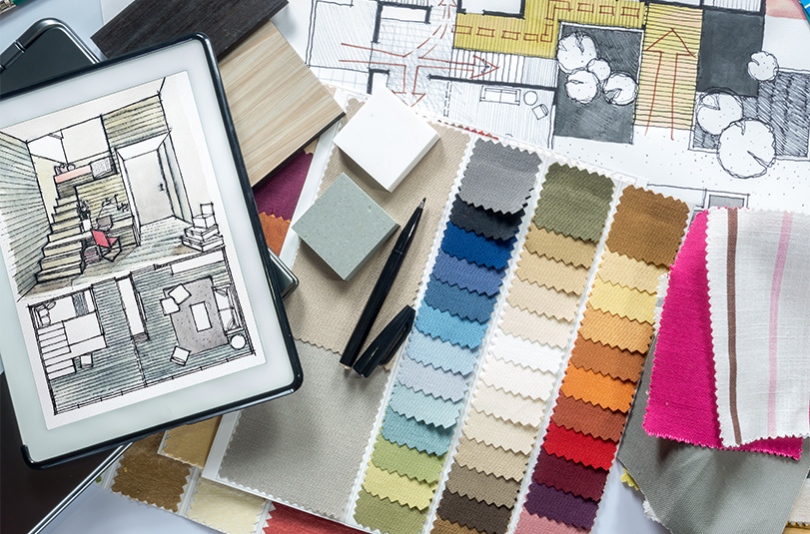If your goal is to become an interior designer, you may wonder what the career path looks like. There are a variety of ways you can enter the field, but certain steps are non-negotiable. You will, for example, need an undergraduate degree. While any major is technically fine, it makes sense to concentrate in an area that will help prepare you for your future.
College

Some colleges do offer a design major, but it is not common. If the school you attend does not offer this specialty, other choices allow you to learn about color, design, and other elements necessary to become successful in this field. The fine arts field, such as drawing, is a great choice. If possible, sign up for classes to become proficient at computer-aided design, or CAD. This is a valuable tool for interior designers, and, while it is possible to self-teach, learning from an expert over a semester ensures you become proficient in all the things this piece of software is capable of. If you are concerned about paying for your education, consider taking out private student loans. These loans allow you to borrow money to pay tuition and other education-related expenses. Attending college without the weight of financial stress allows you to fully participate in the college experience, including interning, which is beneficial for your career.
What to Expect
Your initial thought may be that an interior designer will select furniture, window treatments, and wall coverings to create a beautiful home. While those are some of the duties you will face, the responsibilities are much deeper than that. An interior designer is responsible for making spaces both safe and functional. They select the appropriate flooring material for the intended use of an area and ensure that the lighting is sufficient for the task. These features are just as important as aesthetics.
Being an interior designer also requires a great deal of interaction with others. You must bid on jobs, and be comfortable negotiating issues in the contract. You will need to talk about the plans for space with your client. Communication is important. Often a client does not know how to define their style, but they do know what they like, and what they don’t. It is your job as a designer to hear what they say and interpret it into the style they imagined.

Career Satisfaction
Working as an interior designer can be extremely satisfying. Be prepared though, you will spend more time than you imagine on routine paperwork, creating timelines, ordering materials, and bidding on new projects. You will need to have patience, as you come back to your clients with preliminary sketches of the project. Expect for modifications. You will also find yourself frequently explaining why certain things must be certain ways. Clients will not necessarily understand the importance of sticking with existing electrical layouts and why some fixtures make better sense in certain areas than others. In the end, the client has the final say, and your goal is to create something they love and that is also functional.






